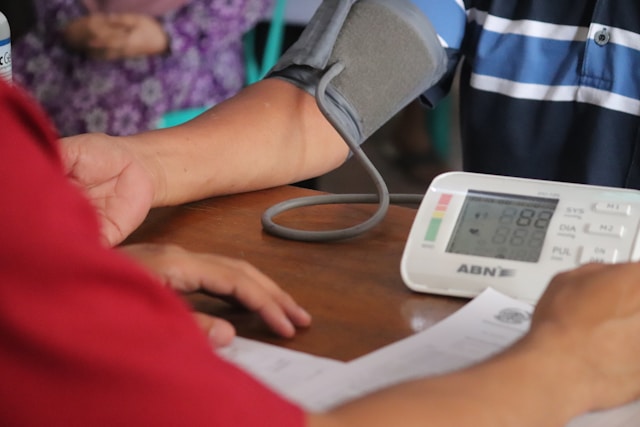Back
10 Aug 2023
Getting things done

Dr Jarrad Van Zuydam | Sports Physician
Stay productive with tips from the master
Are you struggling to stay on top of your workload? Are you perpetually drowning in a sea of emails, meetings, and to-do lists? You are not alone.
Unfortunately, failing to stay on top of tasks can have serious consequences, including burnout. When we constantly feel like there's more work to be done than time in the day, it's difficult to switch off and relax. Over time, this chronic stress can lead to physical and mental exhaustion, as well as a loss of motivation and productivity. By taking steps to manage our workload and prioritise self-care, we can avoid reaching a breaking point.
Fortunately, there is hope. "Getting Things Done" has stood the test of time. Productivity expert David Allen's much loved book offers a comprehensive system for organising your work and maximising your efficiency. The text has spawned courses, podcasts, and apps, but the basics are easy to understand. Let's explore the main points:
The Two-Minute Rule
Perhaps the most memorable and impactful tip from the book is the two-minute rule. The rule is deceptively simple: if a task takes less than two minutes to complete, do it right away. This rule is a powerful defence against procrastination, but also a way to ensure that minor tasks don't grow into monsters or gang up with their friends while you aren't looking. You'll notch up some quick wins for yourself and even improve the efficiency of your team by signing that document or responding to that email.
Allen provides solid reasoning for why his rule is essential: “The rationale for the two-minute rule is that it’s more or less the point where it starts taking longer to store and track an item than to deal with it the first time it’s in your hands—in other words, it’s the efficiency cutoff.”
The two-minute rule is a simple change with powerful returns.
The Five Steps of Getting Things Done
A deeper dive gets to the core of Allen's system: a five-step process for managing your tasks and responsibilities. Let's turn principles into action!
Capture: Capture everything you need to do by doing a "brain dump". From tiny tasks to extensive projects, put them all on your list. Use a notebook, app, calendar, or anything else that works for you. Just this one exercise can give you a feeling of freeing up mental space.
Clarify: Review your list and decide what needs to be done next. If a task takes less than two minutes to complete, you know what to do. If it requires more time or resources, delegate it or add it to your to-do list.
Organise: Categorise your tasks by project, context, or priority. Use labels, folders, or tags to keep everything in order. Use a system that makes the most sense to you. For example, you might have a list of tasks to do at home, a list of tasks to do at work, and a list of tasks to do online. By grouping your tasks by context, you can be more efficient and avoid wasting time switching between different categories. Use next action lists for each project that detail the next logical small steps to take the project forward.
Reflect: Review your list regularly to make sure you're still on track. Set a recurring task to do this weekly. Ask yourself if you're making progress on your goals or if you need to adjust your priorities. If so, clean up your system, and plan for the week ahead. By doing a weekly review, you can stay focused on your priorities and avoid getting overwhelmed by your to-do list.
Engage: Take action on your tasks and projects. Use your system to stay focused and productive. Enjoy the sense of accomplishment that comes with ticking things off your list, one by one.
By following these tips and committing to the GTD system, you'll be well on your way to stress-free productivity and a more organised work life.













